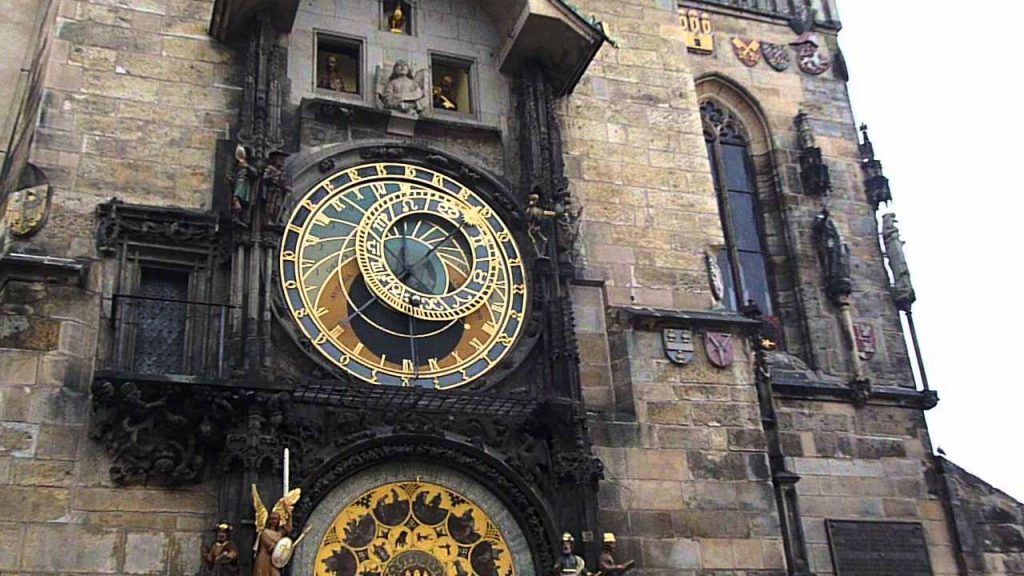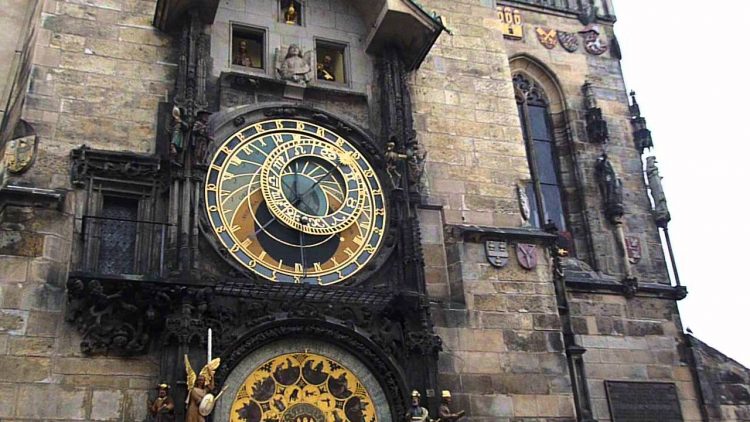There’s an ancient clock in the Prague town hall known as the Orloj, estimated to have been built in 1410 CE. It’s an extraordinarily complex mechanism, consisting of several linked machines that drive other machines and keep track of Old Bohemian time (from sunset to sunset), Babylonian time (sunrise to sunset), Central European time, and celestial time (based on the movement of the sun.) It also tracks the current zodiac sign, the calendar date, and functions as an astrolabe, tracking the positions of celestial bodies.

It also has a variety of animated decorations. When it strikes noon, sculptures of the Christian apostles appear in two windows at the top of the clock, while a skeleton pulls a bell, and three figures representing the miser, vanity, and “the Turk,” (representing the Ottoman Empire), nod to each other.
I bring this up in what you might think of as exhaustive detail to illustrate the complexity of the mechanism. This is an extraordinarily precise, detailed, complex system, built 150 years before Shakespeare and Galileo, and nearly 500 years before residential electrical service.
Anything ancient and complex breeds myth, thus, if you search for the Orloj, you’ll find a number of claims that it’s accursed, from its maker being blinded by the monarch to prevent him from building another to it actually having been designed as a tool for evil.
This spawns the question brought up by the invention of the Orloj – how does a species that is sufficiently technologically advanced to build such a mechanism not reject the mythos?
Fast forward 600 years and look at the device in your hand, in your pocket, or on your desk. We have access to essentially all the knowledge of humankind at our fingertips, yet we continue to believe in ghosts and fairies and gods and prophets, with the exception of a very few of us. Those of us who reject the mythos are generally not trusted. Don’t believe me? According to a 2012 Gallup poll, 46% of Americans wouldn’t vote for an atheist for president.
We have the knowledge of all humankind at our fingertips, yet we continue to believe in ghosts and fairies and gods and prophets. Those who reject the mythos are not trusted. Share on XI don’t have the answer to this question. I have an idea that it has to do with the pace of technological change versus the pace of evolution, but I can’t prove it. If you think you have the answer, and it doesn’t involve telling me that the mythos is true (or false, for that matter), jump into the comments and clue me in.
